Effective Treatment for Eczema on Elbows and Knees: What Causes Eczema in these areas?
Discovering the key to successfully treating eczema on elbows and knees begins with a deeper understanding of the underlying causes of this common form of atopic dermatitis. Eczema is a group of conditions that cause inflammation (or rash) of the skin. There are seven different types of Eczema, each with several different identifying names and each with a variety of symptoms and different triggers (or causes). None of the different types of eczema are contagious, and regardless of the type of eczema, the physical appearance often looks different on different people. There is no known cure for eczema and their lots of different ideas on how to treat eczema depending on the severity and type.
Shop Our Children's Eczema & Psoriasis Clothes
- Common Eczema: the skin becomes dry, itchy, and red. Many people feel a burning sensation of the skin.
- Weeping Eczema: patches of skin become red, scaly and itchy. Sometimes, tiny blisters containing clear fluid can form and the affected areas of skin can weep. Weeping is a sign that dermatitis has become infected, usually with the bacterium Staphylococcus aureus ('golden staph'). As the fluid drains the skin usually becomes crusted over.
- Thick scaly eczema: or Lichen Simplex Chronicus – neurodermatitis treatment. Not scratching and rubbing the affected areas is key to healing the skin. These symptoms are typical for people that have chronic eczema where the skin tends to become very thick and scaly in lichen simplex chronicus, stronger steroids may be required.
Atopic Dermatitis (or eczema) is the most common type in infants, many of whom outgrow it (approximately 60%) before adulthood. Typically, eczema causes the skin to become itchy, red, and dry -- even cracked and leathery over time. Eczema can be very uncomfortable, typified by an urge to itch. Scratching the skin can begin a vicious itch-scratch cycle.
Reckless scratching an affected area can cause further inflammation and the eczema rash can start to bleed and even become infected. Eczema can appear on any part of the body including around the eyes, on the head, feet, hands, all over the body, around the genitals and on backs (or creases) of the elbow and/or knees. If you suspect your child has eczema it is highly recommended that you seek the professional medical advice of a pediatrician who can typically treat most mild and some moderate eczema conditions or a board-certified dermatologist for moderate to severe eczema conditions.
Common Symptoms of moderate eczema in the creases or behind the elbow and behind the knee:

Visible Eczema Symptoms: What does eczema look like?
- Red, scaly areas or rashes that can look like skin discoloration
- Rough, bumpy, sores that can weep fluid and dry out and become crusted over
- Irritated rashes that are inflamed skin that can resemble a sunburn
How to Treat Eczema in the Creases Behind Elbows and Behind Knees
One of the most common places on the body for Atopic Dermatitis to appear is on the backs of elbows and/or behind knees in an area called the creases. The creases of elbows and knees are susceptible to eczema-related irritation because this is where sweat and salt build up and skin rubs against skin. Anything that causes sweating can irritate the rash, and these two areas of the body are prone to perspiration, even in infants. Additionally, the friction from clothing and other trapped irritants can further aggravate this area and foster the persistence of Atopic Dermatitis.
Eczema behind elbows and eczema behind knees can be especially challenging since they are easy areas to scratch, making eczema in these areas of the body easily inflamed. Persistent scratching can damage sensitive skin, making it more prone to infection and further complications, including life-long scarring.
Eczema Tip: Keep fingernails cut short and smooth to prevent skin damage. Cover fingers during sleep to prevent scratching.
Untreated dermatitis behind elbows and behind knees in the creases causes almost constant discomfort whenever the arm or leg bends during regular activities. Further, the friction from harsh clothing material against the sensitive skin in these areas will increase the intensity of the urge to itch and can be a major distraction during the day or a problem at night when trying to sleep. Eczema on the elbows and knees should be treated as soon as it is identified and regularly thereafter until the rash disappears to prevent further irritation and pain.
Eczema Treatment: What to Do About Treating Baby Eczema in the Creases Behind Elbows and Behind Knees
-
Clean Eczema Skin Rash Gently wash the irritated area with purified lukewarm water and a soft, clean cotton cloth. A hypochlorous solution like SkinSmart Antimicrobial® can be an excellent way to initially treat the rash and minimize the urge to scratch the itch. It is mild, fragrance-free, hypoallergenic, and eliminates harmful bacteria that can lead to infections.
-
Moisturize the Irritated Skin Carefully rub a generous amount of a high-quality moisturizer like Vaniply® from Pharmaceutical Specialties, Inc. into the irritated areas. Vaniply® is a mild and gentle ointment that helps soothe dry, irritated, itchy skin without a greasy feel. It prevents water loss and relieves dry, chapped, and cracked skin.
-
Eczema Dry Wrap Bandage or Wet Wrap Therapy Cover the irritated area with a special bandage, either as a dry wrap therapy or wet wrap therapy. This will protect the affected areas from further irritation and damage while increasing the efficacy of the moisturizing ointment that has just been applied.
- Because the elbows and knees are joints and need to move freely, they can be difficult to properly and comfortably cover. Specialty garments made from TEWLTect™ — a highly breathable cooling fabric that holds 50% of its weight in water without feeling damp — are recommended by dermatologists as being more effective than cotton or silk for treating eczema. These garments are made from TENCEL®, an eco-friendly, sustainable fiber enhanced with Chitosan and Zinc Oxide that helps control bacteria growth and speeds up the skin’s healing process.
- Soothems specially designed eczema therapy arm and leg sleeves are tapered to fit the limb and are therefore an excellent way to wrap these hard-to-cover areas comfortably. They can be used dry or wet under regular clothes.
Treatment Steps
- This process should be repeated at least twice a day and for as long as the skin irritation is visible.
- If the condition does not start visibly improving, or discomfort and itching persist, consult your healthcare professional immediately.
Eczema Tip: Use special eczema therapy arm and leg sleeves to ensure comfort and effectiveness.

How to Properly Wet Wrap: Step-by-Step Instructions for Moderate to Severe Eczema Flare-Ups
Wet wrapping therapy is a proven method to provide fast relief from itching and irritation. Always consult your healthcare professional before beginning.
Preparation
-
Cleanse the Skin
- Bathe and gently pat the skin dry.
- Apply emollients, lotions, or creams to the affected areas as directed by your healthcare professional.
-
Set the Room Temperature
- Maintain a comfortable room temperature between 68°F (20°C) and 78°F (25°C) during treatment.
Application
-
Dampen the Garment
- Soak a Soothems garment in warm water.
- Squeeze out excess water—garment should be damp, not soaking wet.
-
Fit the Garment
- Ensure the damp garment fits snugly but comfortably over the affected area.
-
Add a Dry Layer
- Cover the damp garment with a dry Soothems garment or regular loose-fitting sleepwear.
- Use a slightly larger size for the second layer if needed for comfort.
During Treatment
-
Monitor and Adjust
- Rewet the garment if necessary using a spray bottle with clean, warm water or by re-soaking it.
- Remove excess water before redressing.
-
Observe for Reactions
- Discontinue treatment and contact a healthcare professional immediately if you notice signs of irritation, rash, or discomfort.
Aftercare
-
Consult Your Professional
- Discuss the duration and frequency of treatments with your doctor.
-
Repeat Regularly
- Follow this process twice daily or as recommended until symptoms improve.
Important Notes
- Safety First: Never leave a child unattended in the bath or while wet wrapping.
- Comfort is Key: Adjust the room temperature and garment fit for maximum comfort.
Using Soothems garments enhances the effectiveness of wet wrap therapy by maintaining moisture and providing breathable, skin-safe coverage.

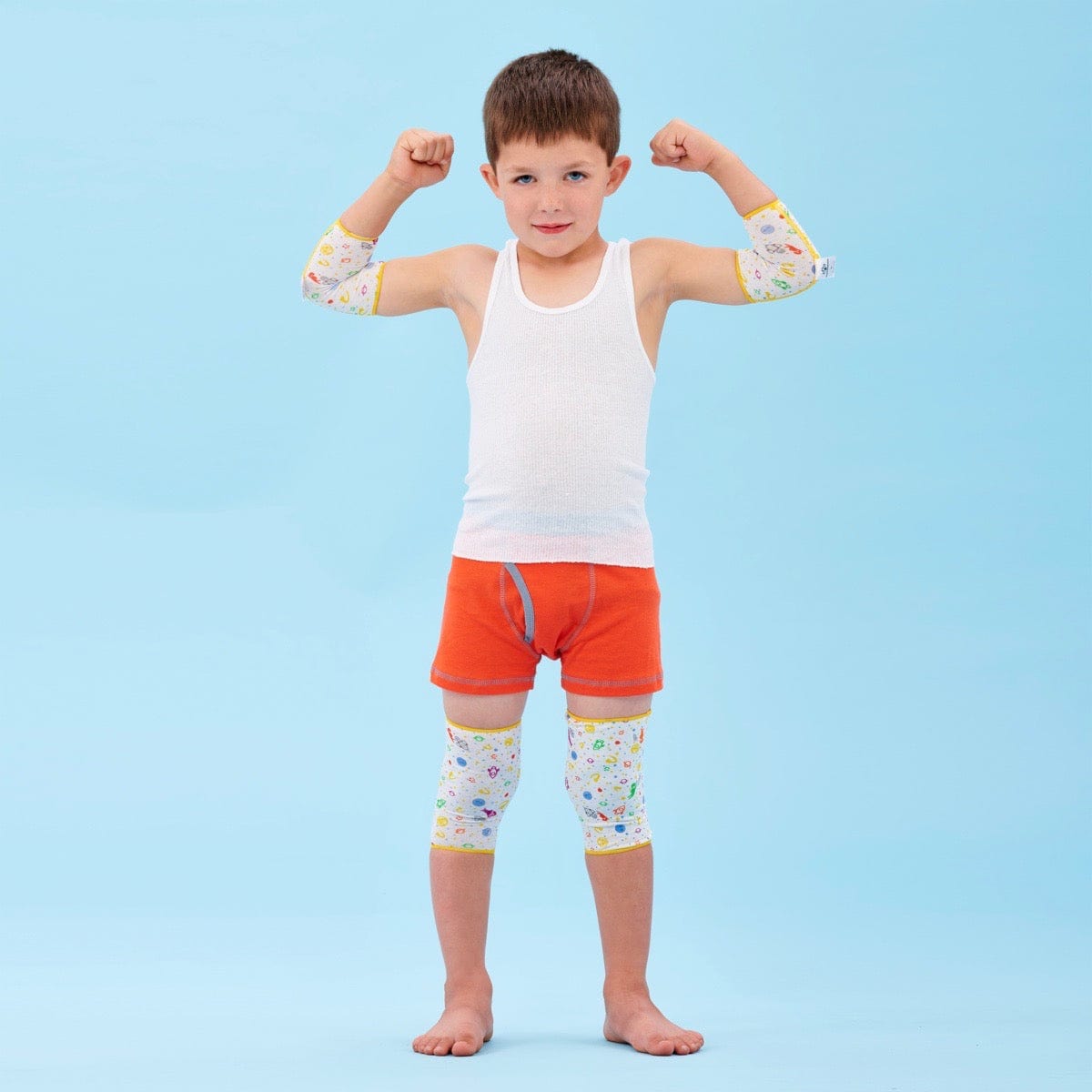
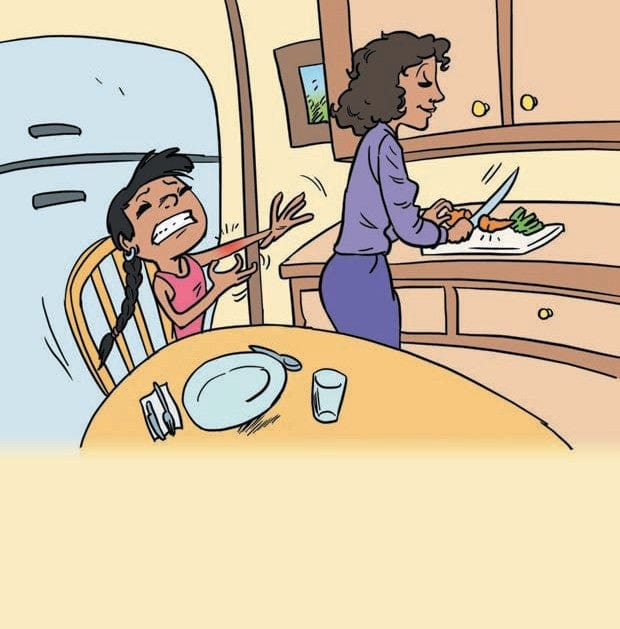
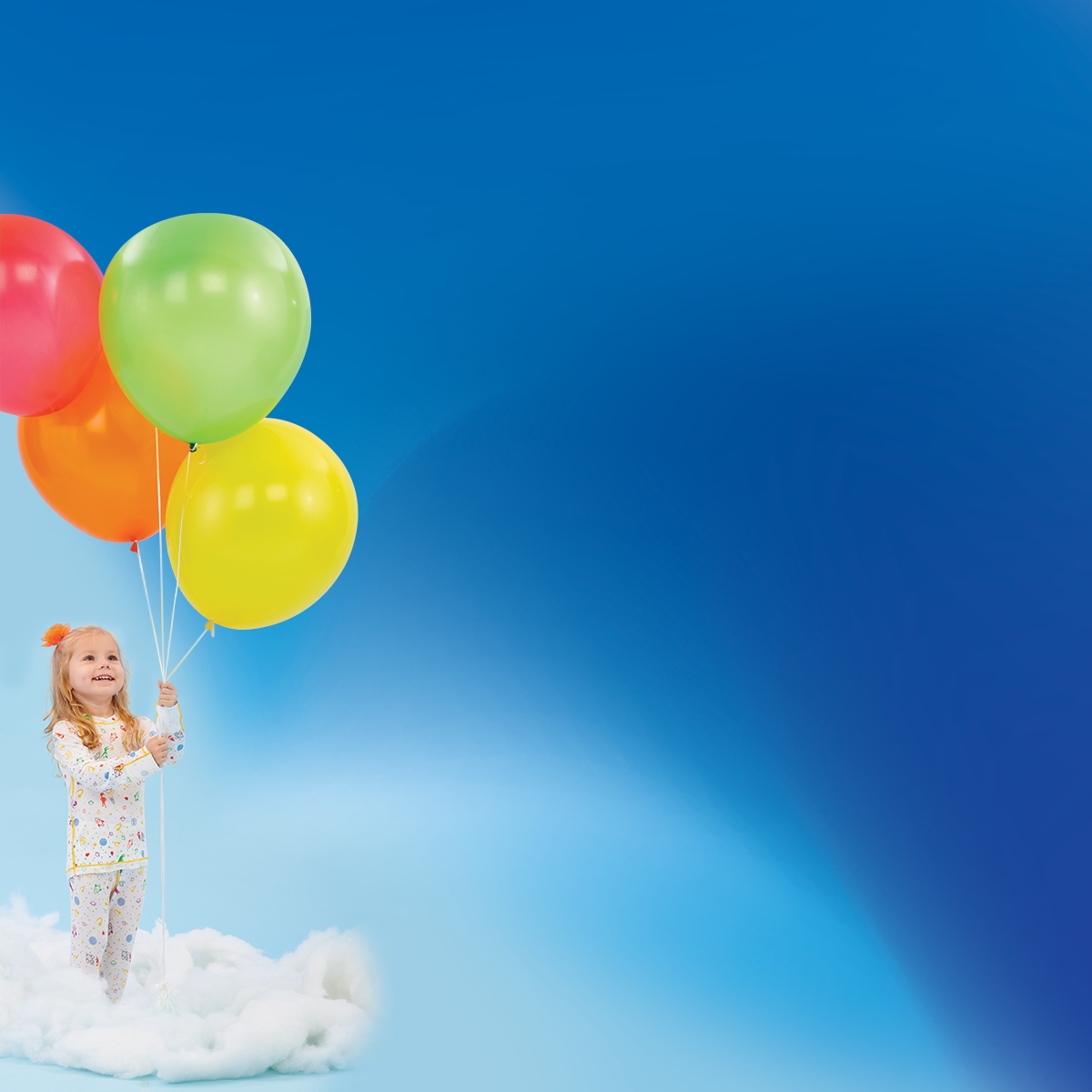
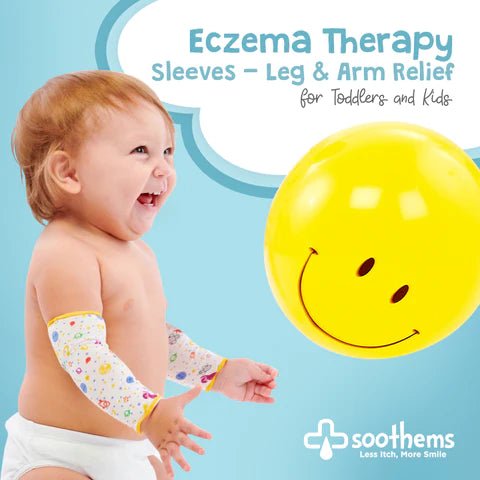


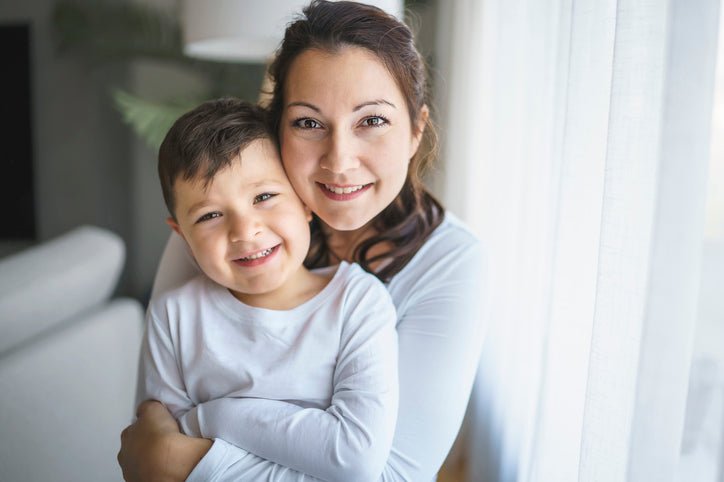
Leave a comment
All comments are moderated before being published.
This site is protected by hCaptcha and the hCaptcha Privacy Policy and Terms of Service apply.